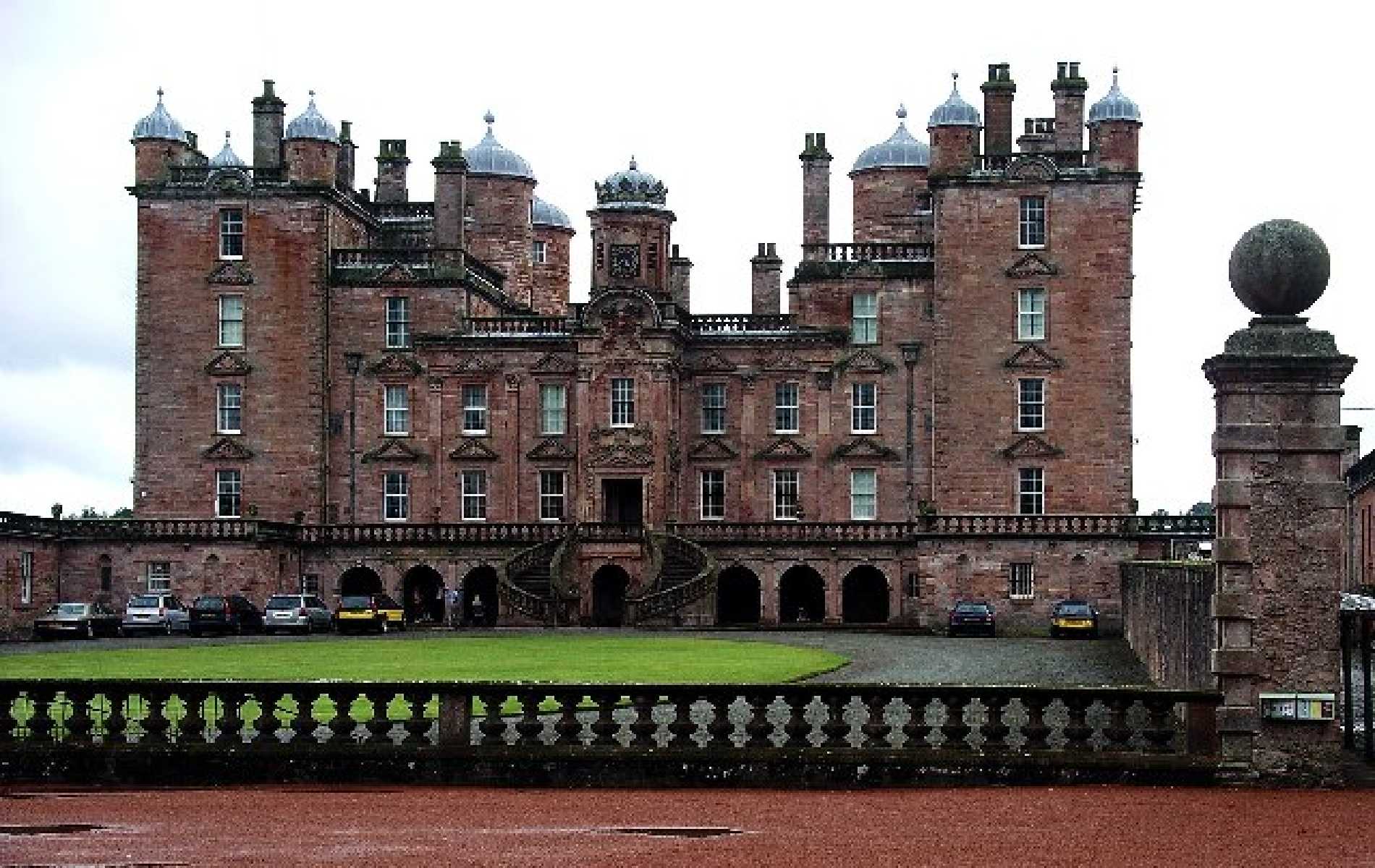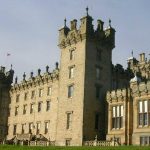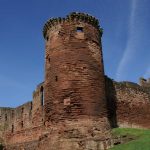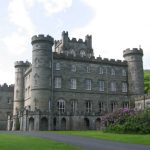Drumlanrig Castle is a Scottish baronial mansion near Thornhill, Dumfries and Galloway. It’s one of the finest examples of 18th century Scottish architecture. The castle and estate were given to the first Duke of Queensberry in 1683 when King James II bestowed it on Sir William Douglas, 1st Baronet.
Today, Drumlanrig Castle is one of Scotland’s top tourist destinations with over 100,000 visitors annually. Visitors tour the magnificent state rooms, including a lavish ballroom that has been entertaining guests since 1788. Wherever you go at Drumlanrig Castle you will be impressed by its sheer scale and beauty as well as its excellent architecture that has remained unchanged since the 1700s.
The Duke of Buccleuch, who owns the castle, has contributed considerably to restoring the estate to its former glory. He offers guided tours throughout the year.
One of the most impressive features are the two Great Halls that are almost identical, except for their decorations. One is decorated with wood and plasterwork, and is generally used as a dining room whereas the other is decorated with stone and suits better for banquets. The large coiffed ceiling in each hall shows a carving of The Royal Arms of Scotland. They were carved by Grinling Gibbons between 1673 and 1681 while he was working on Blenheim Palace in Oxfordshire. He was commissioned to carve the arms by King Charles II to commemorate his restoration of the Catholic faith in Scotland.
The Elizabethan Ballroom contains the magnificent, mural painted ceiling known as The Apotheosis of James II, King of Great Britain and Ireland. It is painted by Italian artist Girolamo Francesco Cipperi who worked on it from 1788 – when it was finished – until 1794. There are three large paintings, which are placed between four carved wooden pillars on each wall. The ceiling features James II hovering over his countrymen in a cloud as Mercury guides him to Heaven. The ceiling also shows the King surrounded by members of his family and eight Virtues.
The Duke of Buccleuch can sometimes be found in the 19th century Drawing Room where there is some excellent furniture and fine pictures, including a family portrait of the Double Duchess painted by Sir Henry Raeburn. The original Georgian plaster work can still be seen in this room.
There are several other rooms that include the Library, Bedroom Suite, Music Room, Cabinets in which there is a collection of Scientific Instruments, and the very impressive Long Gallery. The Long Gallery contains a collection of Spanish-influenced furniture and an impressive set of Chinese Chippendale cabinets. There is also a fine collection of paintings by the Dutch artist Pieter de Hoogh in the Music Room including a fine portrait of the Duke’s son, John.
The castle has an excellent walled garden, which provides visitors with a peaceful contrast to the busy outside world. The walled garden includes many different collections including an 18th century knot garden with native plants that have been used since the early 19th Century. The shrubbery shows rare, exotic and unusual plants from around the world.
There are several different areas of forest on the Castle Estate. The Arboretum contains a collection of giant redwood trees, which were planted in the 19th century. The majority were grown from seeds taken from Californian Redwoods in the USA. It is home to several different ancient oak trees and some wild flowers, as well as some smaller plants that are popular for gardening.
In addition to the forest near the castle there is also a woodland walk that takes visitors along a series of bridges and terraces with fantastic views over the area surrounding Drumlanrig Castle.
Today, Drumlanrig Castle is one of Scotland’s top tourist destinations with over 100,000 visitors annually.
If you enjoyed this article you might also like to read about:



